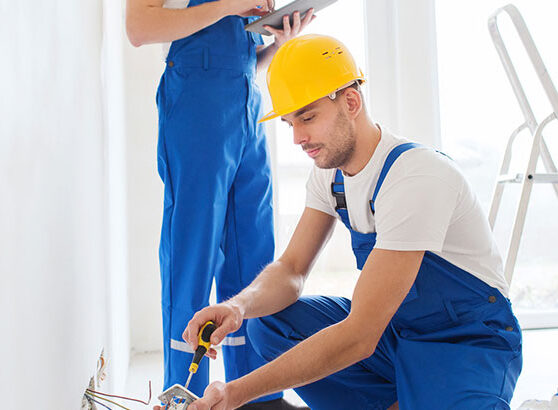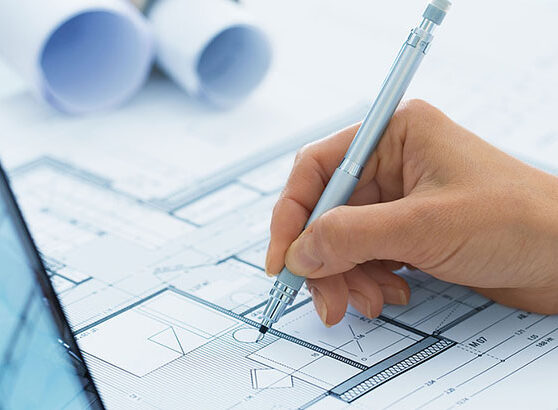A comprehensive guide to fixing a clogged toilet without causing damage to your pipes. A clogged toilet can be a stressful situation, but the good news is that most clogs can be fixed with a few simple tools and a bit of patience.
While some issues might require the help of a professional handyman service like NJ Handy Service in Manalapan, NJ, most homeowners can handle basic toilet clogs on their own. In this guide, we’ll walk you through the process of fixing a clogged toilet, the tools you’ll need, and how to prevent future issues.
Tools and Materials You’ll Need
Before starting, gather the necessary tools to make the unclogging process easier and more efficient:
- Rubber gloves – To keep your hands clean and protected
- Plunger – Preferably a flange plunger, which is designed specifically for toilets
- Toilet auger (plumbing snake) – For stubborn clogs that don’t respond to plunging
- Bucket – To help remove excess water if needed
- Dish soap – Acts as a lubricant to help loosen the clog
- Hot water – Not boiling, as boiling water can crack the porcelain
- Chemical drain cleaner (optional) – Use with caution and only if other methods fail
Step 1: Assess the Situation and Stop the Overflow
If the toilet is clogged and threatens to overflow, the first step is to stop the water from rising. To do this:
- Remove the tank lid: Locate the flapper at the bottom of the tank and close it manually. This will stop more water from entering the bowl.
- Shut off the water supply: If the water level is already high, turn off the water supply to the toilet. The shut-off valve is usually located on the wall behind the toilet. Turn it clockwise to stop the flow.
By stopping the overflow, you’ll avoid potential water damage and make the unclogging process less messy.
Step 2: Use a Plunger
A plunger is the most effective tool for unclogging a toilet. The best type to use is a flange plunger, which has an extended rubber ring at the bottom that creates a better seal in the toilet drain.
- Position the plunger: Place the plunger into the toilet bowl, ensuring the flange fits snugly into the drain. The goal is to create a tight seal so you can effectively push air and water through the clog.
- Begin plunging: Start by pushing down gently to force out the air. Then, use a vigorous up-and-down motion while maintaining the seal. Do this for about 20 seconds.
- Check for drainage: After plunging, remove the plunger and see if the water drains. If it does, flush the toilet to ensure the clog is completely cleared.
If the clog persists, repeat the process a few more times. Plunging is usually enough to clear most simple clogs. However, if you’re still having trouble, it’s time to move on to the next step.
Step 3: Use Dish Soap and Hot Water
If plunging doesn’t work, dish soap and hot water can help to loosen the clog. This method is particularly useful if the clog is caused by materials that can break down with lubrication.
- Pour in dish soap: Add about a quarter cup of dish soap into the toilet bowl. The soap will act as a lubricant, helping the clog to slide down the drain.
- Add hot water: Heat a bucket of water until it’s hot but not boiling. Carefully pour the water into the toilet bowl from waist height. The force of the water, combined with the soap, can help dislodge the clog.
Wait for about 10-15 minutes to see if the water level goes down. If it does, try flushing the toilet to confirm that the clog has cleared.
Step 4: Use a Toilet Auger (Plumbing Snake)
For more stubborn clogs, a toilet auger (also known as a plumbing snake) can be an effective tool. This long, flexible cable is designed to break through or pull out clogs that are deep within the pipes.
- Insert the auger: Carefully insert the end of the auger into the toilet drain. Turn the handle clockwise to extend the cable into the pipe.
- Push through the clog: Once the auger encounters resistance, gently push and rotate the handle to work through the clog. Avoid using excessive force, as this could damage the pipes.
- Retrieve the clog: If you feel the clog loosening, slowly retract the auger, pulling out any debris that may be causing the blockage.
Once you’ve used the auger, flush the toilet to ensure the water flows freely. If the toilet still doesn’t drain properly, it may be time to call a professional, like NJ Handy Service in Manalapan, NJ, to handle the job safely and prevent damage to your plumbing.
Step 5: Use a Chemical Drain Cleaner (As a Last Resort)
Chemical drain cleaners should be used sparingly and only as a last resort, as they can be harsh on your pipes. If you decide to use a drain cleaner, carefully follow the manufacturer’s instructions and ensure proper ventilation.
Preventive Tips to Avoid Future Clogs
To keep your toilet working properly and avoid future clogs, follow these simple maintenance tips:
- Be mindful of what you flush: Only flush toilet paper and human waste. Items like baby wipes, paper towels, feminine hygiene products, and cotton swabs can cause clogs.
- Regular cleaning: Use a toilet brush and a mild cleaner regularly to keep the toilet bowl clean and prevent buildup. Avoid using excessive amounts of chemical cleaners, as they can damage the pipes over time.
- Install a drain cover: Consider adding a drain cover to prevent large objects from accidentally falling into the toilet.
- Check for slow drainage: If you notice that your toilet is draining slowly, address it immediately. A slow drain can be an early sign of a developing clog.
When to Call NJ Handy Service
While most clogs can be handled with the steps above, some issues are more complex and require professional help. If you’ve tried these methods and the toilet remains clogged, or if you suspect a deeper plumbing issue, it’s time to call NJ Handy Service. Based in Manalapan, NJ, they have the expertise to handle stubborn clogs and complex plumbing problems without causing further damage to your pipes.
Quick Summary
Fixing a clogged toilet is usually a straightforward task that can be handled with a plunger, dish soap, hot water, or an auger. By following these steps, you can save time, avoid costly plumber fees, and maintain a smoothly functioning bathroom. Remember to use chemicals sparingly and only as a last resort, and always keep preventive measures in mind to avoid future clogs. If you run into any issues or feel unsure about handling a clog, don’t hesitate to contact NJ Handy Service in Manalapan, NJ, for professional assistance. They’re here to help keep your home’s plumbing in top condition.














